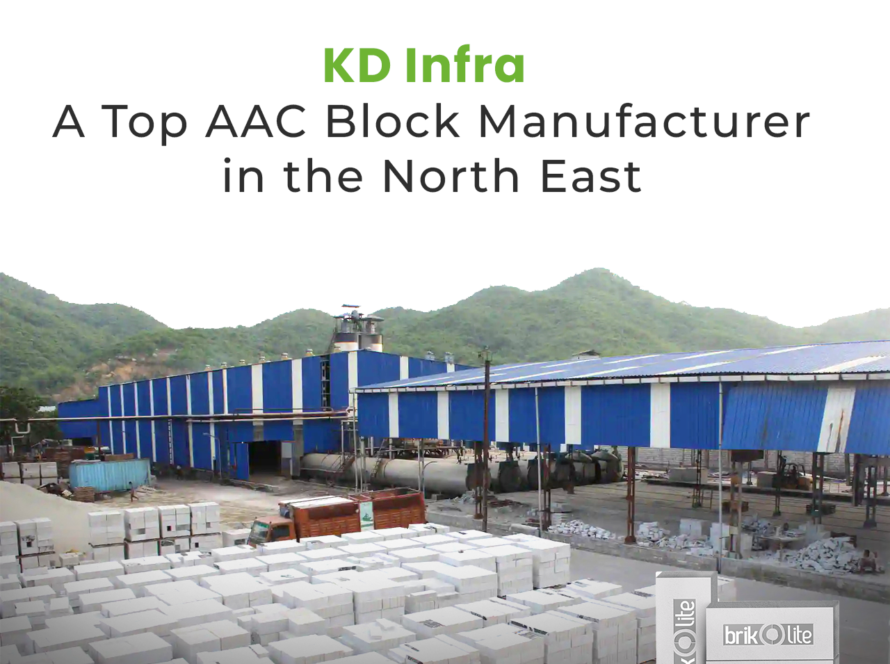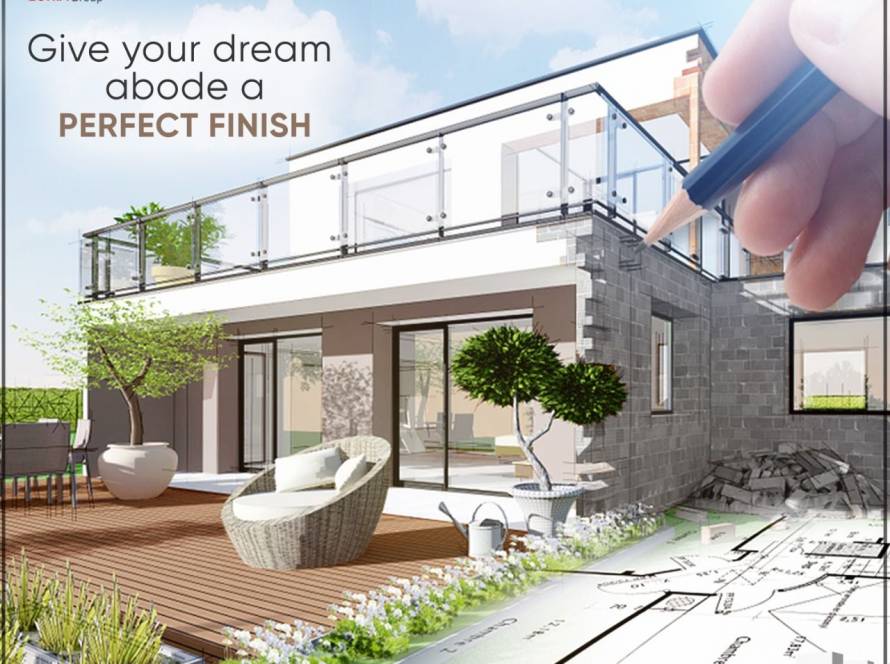
AAC brick is a type of concrete masonry block used in the construction industry. This type of brick has several advantages over traditional clay bricks, including being lightweight yet strong, highly energy efficient and fire resistant. AAC blocks can also be used as insulation materials due to their porous structure; water absorption rate is also very low compared to clay bricks.
According to a recent survey on the market demand for AAC bricks, the expected CAGR (compound annual growth rate) is around 15.2%, resulting in profits of INR 239.9 crores. The time frame for this study spans from 2020 to 2027.
The survey conducted across India highlighted the demand for AAC bricks among consumers from both urban and rural areas. Consumers have cited cost effectiveness and durability as key factors driving their preference towards this product. The growing need for green building products that are eco-friendly and sustainable has further boosted its popularity among buyers, while the rising number of industries focusing on smart infrastructure development will continue to create lucrative opportunities in the market over the forecast period.
The aforementioned information demonstrates the enormously expanding requirement for AAC panels in the Indian market. Doubtlessly, the determinant factors behind this surge in market exigency are purely because of its matchless features. Robust construction, affordability, environmental compatibility, sustainability, low mass, temperature resistance, sound absorbency, and ease of work activity are a few of these.
The current market scenario of AAC bricks in India
In India, the AAC blocks market is segmented based on a number of factors like quality, cost-effectiveness, affordability and life expectancy. While there exist some high-end products (suitable for commercial construction activities) that are made from imported raw materials like aluminium powder and other sophisticated ingredients; the majority of Indian companies still work with local components to develop aerated block solutions that suit residential applications. This is due to their more affordable rates which have been widely accepted by customers in recent years.
The Indian Autoclaved Aerated Concrete block industry has been on a tremendous growth spurt, with many players jumping into the fray. The government is also backing up this sector by providing tax incentives and subsidies to encourage more businesses to invest in this field. This can be seen from the fact that there are several entrepreneurs who have adopted AAC blocks for their projects as well as for commercial purposes.
The Indian market stands just next to China in terms of the production of Autoclaved Aerated Concrete blocks. However, it is critical to indicate here that the nation’s contemporary aerated block storyline is quite dislocated. At the local level, there is fierce competition among many modest entrepreneurs. The number of manufacturing plants so far amounts to around 150-180.
Nonetheless, compared to the customary red clay bricks, the revolutionary green slabs are in high demand. And we obviously recognize the reason behind this.
What makes aerated concrete blocks a futuristic construction material?
The new block also has a number of advantages. Firstly, it is much more efficient and provides superior insulation to the traditional bricks. Secondly, due to its shape and composition, it offers greater flexibility in design than regular red bricks. Thirdly, it can be molded into different shapes for different designs which makes them ideal for modern architecture. Finally, the cost factor should not be ignored when we talk about these blocks as they are much cheaper than traditional building materials. This low cost combined with their easy availability make them an attractive option for builders looking to save money while constructing quality buildings that meet all current standards and regulations.
It’s no longer a hidden fact that these modern building blocks exhibit all the required features of a progressive structure. In fact, since its introduction into the architectural world, it has almost completely replaced the regular red bricks. Furthermore, we are confident that soon these common bricks will almost disappear.
The below indicated factors or features are what make autoclaved aerated concrete an intelligent building component. They are-
- High-end construction equipment
- Seismic resistance
- Saves energy and non-toxic material
- Budget-friendly demanding minimal construction costs
- Sound proof
- Termite resistance
- Helps in preventing soil erosion
- Long-lasting
Likewise, Brikolite AAC bricks are a cement-based, ultra light, and incredibly heatproof construction material. These eco-friendly blocks provide smooth and effortless workability with a 50% reduction in build time. Let us take a gander on some of the notable buildings that have already used autoclaved aerated concrete (Brikolite) as their key construction material.
Brikolite blocks are unquestionably ruling the construction market in the northeast and beyond. And within a short period of its establishment, it has already spread far and wide. As a result, most of the prestigious organizations turned to Brikolite AAC bricks to build their structures.
Below are our satisfied clienteles list:
- Gautam Group
- Simplex Infrastructures
- Subham BuildWell
- SM JDB Estate Pvt. Ltd.
- Srinath Builders & Housing Co. (Pvt.) Ltd.
- Sun Pharmaceutical Industries Ltd.
- Synergy Creations Group
- Uttaryan Developers
- Ambika Enterprise
- Arunodaya
- Asclepius
- Badri Rai & Co. Guwahati
- Deepsikha A Trust for Humanity
- Delhi Public School, Jorhat
- Delhi Public School, Khanapara
- Eveready Industries India Ltd.
- Kaziranga University
- MP Khaitan
- Buildworth Real Estate
- Bhartia Infrastructures Ltd.
- Tricon Infra Buildtech Pvt. Ltd.
- Sadguru Engineering Works
- Kiranshree Portico
- Casa Greens Exotica
- Royal Group of Institutions, Guwahati
- NADCC
- Patanjali
- Pratiksha Hospital
- Gautam Group
Market price of AAC Bricks in India
Typically, the price range of AAC blocks is entirely dependent on the manufacturer. The cost of an AAC block made of rectangular bricks with dimensions of 600 mm x 200 mm x 250 mm can range from Rs. 3,500 to Rs. 3,800 per cubic metre (Ex-factory).
In contrast, aerated concrete blocks with measurements of 600 mm x 200 mm x 200 mm cost Rs. 100 per piece.Brikolite AAC bricks measuring 600x200x125 mm are available to our customers for a price of 4,000 per cubic meter.
About the brand
The premier AAC block producer in the Northeast is Brikolite. These blocks are readily obtainable and very convenient when assembling. Thus, choosing Brikolite AAC bricks for your development process will be the smartest choice. And don’t hesitate to get in touch with us right away if you have any questions about our products.



